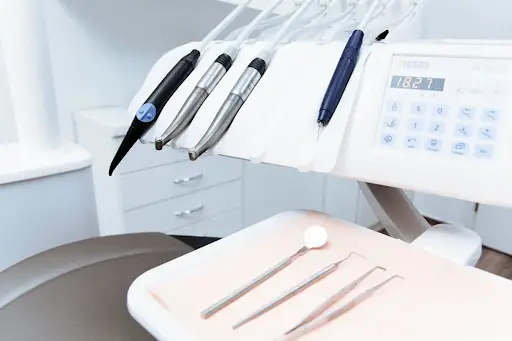
Understanding Dental Crowns for Kids: A Parent's Guide
When we usually say dental crown, we’re thinking about adulthood and our desire to look more attractive and have a beautiful smile. But, believe it or not, for various reasons stretching from the kids’ age to their jawline structure, sometimes even little children need crowns. Now, most parents are a bit scared about it and often think there is no need for them but we’ll explain why it might be better to reconsider that viewpoint and still make the necessary move and opt for dental crowns, even for your little ones. Read on!
What are they?
Dental crowns' primary function is to act as a protective cap, usually placed on the teeth to make sure any sort of further decay or damage that might be done to the teeth is stopped on time. Their purpose is to restore the tooth’s appearance, shape, and strength. For children, these can be made from various materials, from steel to porcelain and resin. The most secure option would be going with a stainless steel crown to prevent any damage from being done to the teeth. They’re used commonly for the primary teeth of the little one, and the idea is to leave the crown as long as needed until a permanent one replaces the primary. This way, with the crown on, you can stop decay or even the spread of an infection that might affect the overall well-being of your kid. With stainless steel crowns, it’s usually a cost-effective and durable solution, requiring fewer visits to the dental office. And we believe it’s also an option, as your kid will be thrilled with the fact that they don’t have to visit your densities that often.
Why Need Them?
Besides the reasons we stated for the general use of crowns to protect the tooth from decay and further damage and to stop the spread of an infection, the main reason why kids might need them is to ensure the structure of their whole jawline and mouth. The common practice in the past was to take out teeth if there were signs of decay, as those were primary and they'd grow new ones anyway. But, in recent years, it’s shown that if those little spaces between teeth are not filled with something and until a new tooth is on the rise, that opening space actually disturbs the natural stability of their jaw and it can affect the growth of all the surrounding teeth as well. If your little one is not so thrilled about getting a crown, the new pediatric white dental crowns make it seem like another tooth, and they won’t be able to tell the difference. Plus, children are more susceptible to cavities because of their deity and lack of hygiene habits, and not every decay can be treated with a simple filling.
You’ll Need to Teach them How to Take Care of Them!
Last but not least, once you’ve made them go to the dentist’s office, the next step is to make sure they’ll take good care of this new dental. Usually, dental crowns don’t need too much attention and often brushing their teeth twice a day, in the morning and evening, should do the trick. But, just in case, make sure to teach them the habit of regular brushing and using dental floss to prevent more cavities from appearing.
It’s not that scary once you learn what it is, and if your little one still has doubts, promise them it will be over before they know it and they won’t feel a thing. Plus, with the new white ones, they won’t see any difference.